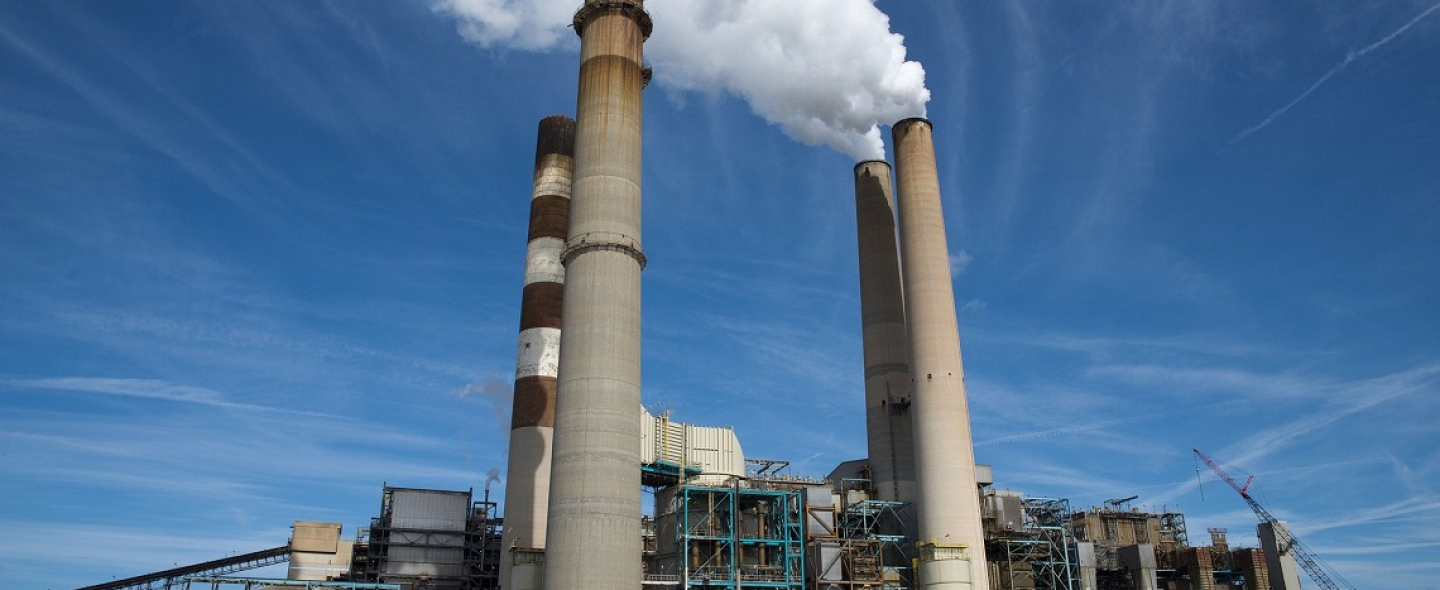The Environment Agency (EA) recently published an updated version of the Operator Monitoring Assessment (OMA) scheme on 15 April 2020. Although the general format and content remains the same, there have been some key updates which have been summarised below to assist clients in preparing for an OMA audit.
What is an Operator Monitoring Assessment?
OMA audits are carried out by the EA on industrial installations regulated under the Environmental Permitting Regulations (EPR). They are carried out to assess the monitoring of emissions to air and discharges to controlled water (including public sewers and groundwater). The OMA scheme is used to:
- Assess the quality and reliability of operators’ self-monitoring (including monitoring undertaken on behalf of operators by contractors) as required by their permit
- Identify monitoring shortfalls and potential areas for improvements
- Review the monitoring conditions in the permit
The purpose of an OMA audit is to assess the operators’ self-monitoring, ensuring that the techniques are suitable and provide accurate data. This in turn ascertains there is no environmental risk or damage caused via emissions and discharges.
Upon conclusion of the OMA audit, a report is produced and a copy provided to the operator. Any areas of concern are followed up by the EA, either individually or as a repeat targeted OMA. A full OMA should be carried out within one year from a permit being issued or plant commencing operation. It should then be repeated every four years, with the frequency increased using a risk-based approach.
What is the purpose of the updated OMA guidance?
The purpose of the OMA’s newly updated guidance document is to make sure that assessments of operators’ self-monitoring arrangements are made in an objective and consistent manner. While predominantly reserved for the use of the EA, it can also be made available to operators who wish to carry out internal audits on their behalf.
What are the key changes to the OMA scheme?
One of the key changes to this version of the OMA scheme is the removal of ‘critical elements’. Critical elements used to receive specific focus from the EA, with low scores in these areas likely resulting in corrective actions. The new scheme now includes a ‘scope’ description within each section to better define what it applies to. For example, calibration of equipment may apply to in-house equipment, external laboratories or the accredited stack emissions monitoring contractor.
In addition to these general changes, there are a number of section-specific changes that clients may wish to review prior to undertaking an OMA assessment:
- 1A – Now requires a specific documented review of the SSP (Site Specific Protocol) before any stack emissions testing is carried out
- 1C – There should be documented reasons if scheduled monitoring is delayed
- 1D – The operator will now receive a low score if monitoring results are only assessed against the ELV (Emissions Limit Value). Results should be used to assess trends or process conditions in addition to simply meeting the permitted ELV
- 1E – The site should have an understanding of how the process impacts on the environment and this should be supported by an H1 assessment. Additional points are available if an operator has a carbon neutral policy
In the section 2 summary, the use of surrogate calibration methods has now been removed.
- 2A – Evidence of an EN15259 assessment is required where such an assessment is applicable
- 2B – If non-certified equipment is used, this requires written approval from the EA
- 2C – A line has been removed from this section relating to the need to identify significant interference from other species or sensitivity to any process parameters. A requirement for the operator to assess LOD (Limits of Detection) and blanks has been added
- 2D – In this section and in many following sections, additional points are likely to be gained if calibrations are done to UKAS/MCERTS specifications. In addition, calibration concentrations should be relevant to the site ELV
- 3B – A site procedure should exist to ensure new equipment is MCERTS certified
- 3C – Additional points are available for sites not falling under WI (Waste Incineration) or LCP (Large Combustion Plant) if they comply with the requirements of BS EN 14181
- 3F – For WI and LCP sites, if greater than 10 days per year of monitoring data is invalid, this must have been reported to the EA along with a corrective action plan
- 3H – Specific guidance has been added on requirements for the traceability of test materials
- 4A – Any sub-contract monitoring organisation’s performance in PT (Performance Testing) schemes should be known
- 4B – CEMS (Continuous Emissions Monitoring System) reporting software must now meet MCERTS. In addition, the operator should be able to show how reported data is calculated from raw data and must have measures to cover data security and archiving.
The Environment Agency has internal guidance for inspectors on how to apply OMA, and although this guidance is not published, it can be requested from your local EA inspector.
How can SOCOTEC help?
SOCOTEC provides OMA audit assistance and offers a number of OMA-related training courses for operators, including OMA preparation courses, operator permit awareness, BS EN 14181 requirements and MCERTS revision. If you require further information on how SOCOTEC can assist your organisation with its emissions monitoring requirements, click here.



